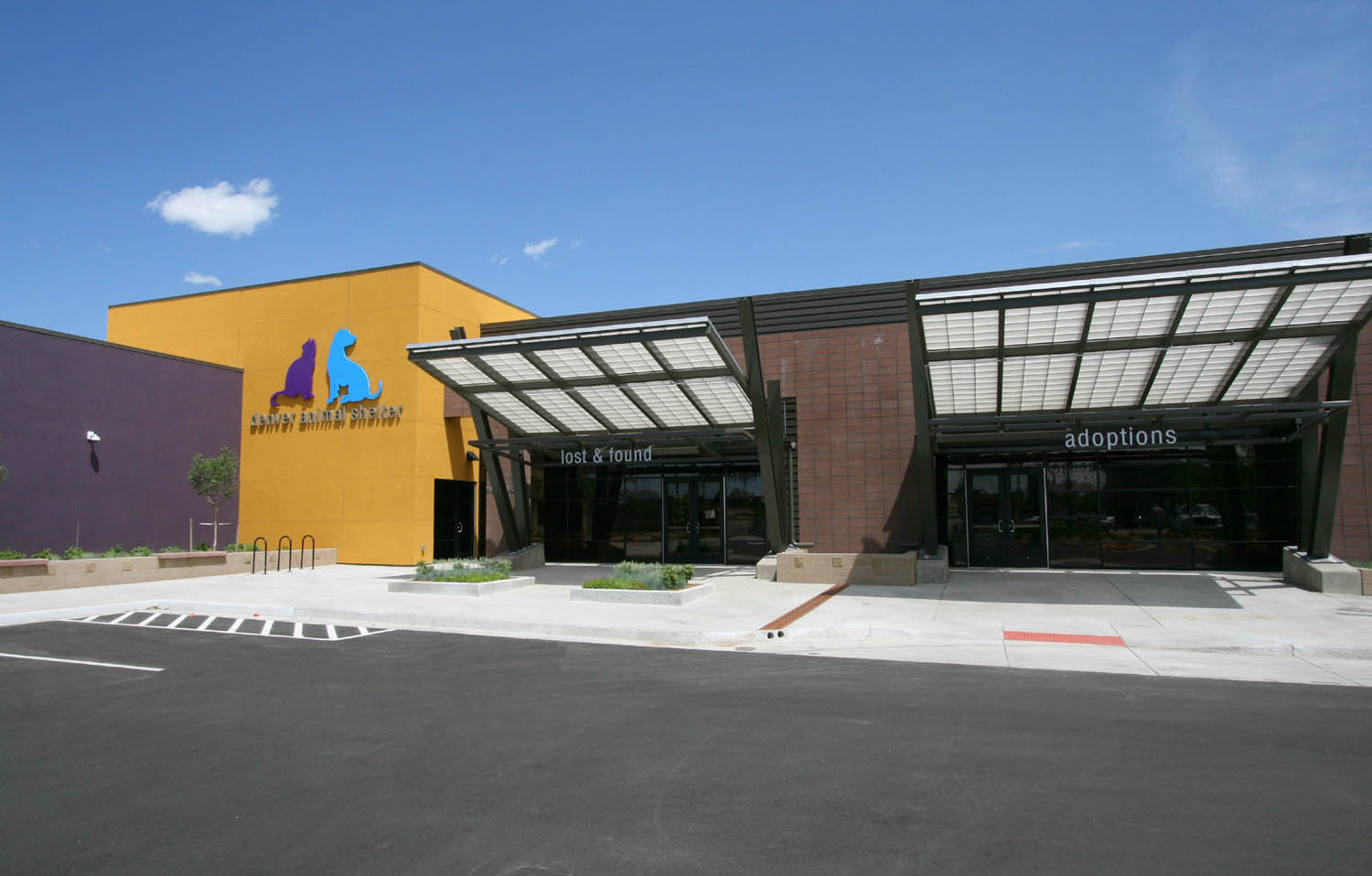Weather Storms Tornadoes: Ever wondered what makes a tornado spin? It’s way more than just a swirling vortex of wind; it’s a complex dance of atmospheric pressure, temperature, and sheer, raw power. From the initial formation of a supercell thunderstorm to the devastating aftermath, tornadoes leave an unforgettable mark on the landscape and the lives they touch.
This exploration dives into the science behind these destructive weather events, the cutting-edge technology used to predict them, and the crucial steps to stay safe when one is headed your way.
We’ll cover everything from the different types of tornadoes – landspouts versus supercells – to the devastating impact they have on communities, both economically and psychologically. We’ll also look at historical events, advancements in forecasting, and what the future holds in our understanding and preparedness against these powerful forces of nature. Get ready for a whirlwind tour of meteorological mayhem!
In this topic, you find that trucking companies in hickory nc is very useful.
Tornado Formation and Characteristics
Tornadoes, nature’s most violent storms, are characterized by their intense rotational winds and destructive power. Understanding their formation, lifecycle, and various types is crucial for effective prediction and mitigation.
Atmospheric Conditions for Tornado Formation
Several atmospheric conditions must align for a tornado to form. These include a significant temperature difference between the surface and upper atmosphere (creating instability), abundant moisture near the surface (fueling thunderstorm development), strong wind shear (a change in wind speed or direction with height), and a lifting mechanism (such as a front or terrain) to initiate thunderstorm development. These factors converge to create a rotating updraft known as a mesocyclone, which can then spawn a tornado.
Stages of a Tornado’s Lifecycle
Source: s-nbcnews.com
Tornadoes typically progress through several stages. The initial stage involves the formation of a mesocyclone within a supercell thunderstorm. This is followed by the development of a funnel cloud, which extends downward from the cloud base. The mature stage is characterized by the tornado touching down and intensifying, with maximum wind speeds and damage occurring. Finally, the tornado weakens and dissipates as the updraft weakens or the supply of moisture and lift decreases.
Types of Tornadoes
Tornadoes are categorized based on their formation and characteristics. Supercell tornadoes, the most violent and long-lived, are associated with large, rotating thunderstorms. Landspouts, on the other hand, are smaller and shorter-lived, forming from a non-supercell thunderstorm with a less organized rotation. Waterspouts are tornadoes that form over water.
Supercells vs. Landspouts, Weather Storms Tornadoes
Supercells and landspouts differ significantly in their size, longevity, and intensity. Supercells are much larger, more organized, and long-lived, often producing intense and damaging tornadoes. Landspouts are smaller, weaker, and shorter-lived, with less organized rotation. Supercells are typically associated with strong wind shear and significant atmospheric instability, while landspouts develop in environments with weaker wind shear and less instability.
Fujita Scale
| Category | Wind Speed (mph) | Damage |
|---|---|---|
| EF0 | 65-85 | Light damage |
| EF1 | 86-110 | Moderate damage |
| EF2 | 111-135 | Considerable damage |
| EF3 | 136-165 | Severe damage |
| EF4 | 166-200 | Devastating damage |
| EF5 | >200 | Incredible damage |
Tornado Prediction and Warning Systems: Weather Storms Tornadoes
Accurate and timely tornado prediction and warning systems are critical for saving lives and minimizing damage. Advances in technology and understanding have improved these systems, but challenges remain.
Doppler Radar in Tornado Detection
Doppler radar plays a crucial role in tornado detection by measuring the speed and direction of wind within thunderstorms. By identifying the characteristic rotation within a mesocyclone, radar can provide early warnings of potential tornado formation. The use of velocity data allows meteorologists to pinpoint areas of strong rotation, which are indicative of potential tornado development.
Tornado Warnings and Watches
A tornado watch is issued when atmospheric conditions are favorable for tornado development. This alerts the public to be vigilant and monitor weather conditions closely. A tornado warning, on the other hand, indicates that a tornado has been sighted or indicated by radar, and immediate action is needed to seek shelter.
Limitations of Current Tornado Prediction Technologies
Current tornado prediction technologies, while significantly advanced, still have limitations. The short lead times between tornado formation and touchdown, along with the unpredictable nature of tornado tracks, pose significant challenges. Furthermore, accurate prediction of tornado intensity remains difficult.
Disseminating Tornado Warnings
Effective dissemination of tornado warnings is crucial for public safety. Multiple channels, including weather radio, television, internet, and mobile alerts, are utilized to reach the public. Clear, concise, and timely warnings are essential for prompting appropriate action.
Hypothetical Improved Warning System
An improved warning system could incorporate advancements in radar technology, coupled with improved numerical weather prediction models. This system could provide more accurate and timely warnings, potentially including enhanced lead times and more precise estimations of tornado tracks and intensity. Integration with real-time crowd-sourced data could also help refine warnings and improve response efforts.
Tornado Safety and Preparedness
Being prepared for a tornado is crucial for survival. This involves having a plan, understanding safe shelter options, and assembling a preparedness kit.
Seeking Shelter During a Tornado
If a tornado warning is issued, immediately seek shelter in a sturdy interior room on the lowest level of your home, such as a basement or interior closet. Cover yourself with blankets or mattresses for added protection. If a basement isn’t available, an interior hallway or bathroom can provide some level of protection. Avoid windows and exterior walls.
Family Emergency Plan
A well-defined family emergency plan is essential. This plan should Artikel designated meeting places, communication strategies, and roles for each family member. Regular drills help ensure everyone knows what to do in the event of a tornado.
Tornado-Resistant Structures
Tornado-resistant structures are designed to withstand high winds and debris impact. These structures often incorporate reinforced concrete, steel, and other durable materials. Proper anchoring and design features help minimize damage during a tornado.
Types of Tornado Shelters
Various tornado shelters offer different levels of protection. Basements offer the most protection, while above-ground safe rooms provide a more controlled and secure environment. Storm cellars, while offering good protection, require more extensive construction and may not be feasible for everyone.
Tornado Preparedness Kit
A well-stocked tornado preparedness kit is essential. This kit should include water, non-perishable food, first-aid supplies, a battery-powered radio, flashlights, extra batteries, and important documents.
The Impact of Tornadoes
Tornadoes inflict significant economic, social, and psychological damage on affected communities. Understanding these impacts is crucial for effective recovery and mitigation efforts.
Economic Consequences
Severe tornado outbreaks can cause billions of dollars in damage to homes, businesses, and infrastructure. The economic consequences extend beyond immediate property losses, affecting employment, insurance costs, and long-term community development.
Long-Term Effects on Communities
The long-term effects of tornadoes can be profound, impacting community cohesion, mental health, and the overall well-being of residents. Recovery efforts can be lengthy and complex, requiring significant resources and community support.
Social and Psychological Impacts
Experiencing a tornado can have significant social and psychological impacts, including trauma, anxiety, and depression. Access to mental health services and community support is crucial for aiding recovery and rebuilding.
Successful Community Recovery Efforts
Successful community recovery efforts often involve collaboration between government agencies, non-profit organizations, and community members. Effective communication, resource allocation, and community engagement are key components of successful recovery.
Effects of Tornadoes on Infrastructure
Imagine a scene of utter devastation: homes reduced to splinters, their foundations ripped apart; roads transformed into impassable rubble fields; power lines entangled, sparking and drooping dangerously; bridges collapsed, leaving gaping chasms; and entire neighborhoods leveled, with only twisted metal and broken wood marking where homes once stood. The sheer force of the winds leaves an unforgettable scar on the landscape, a testament to the raw power of nature’s fury.
Historical Tornadoes and Notable Events
Studying historical tornadoes provides valuable insights into their patterns, impacts, and the evolution of prediction and mitigation strategies.
Historically Significant Tornadoes
The Tri-State Tornado of 1925, the Palm Sunday Tornado Outbreak of 1965, and the Joplin Tornado of 2011 are examples of historically significant events. Each event demonstrated the devastating power of tornadoes and highlighted the need for improved warning systems and disaster preparedness.
Tornado Damage Across Geographical Regions
Tornado damage varies across geographical regions due to differences in building codes, land use, and meteorological conditions. Regions with flat terrain and abundant moisture may experience more frequent and intense tornadoes compared to mountainous or arid regions.
Climate Change and Tornadoes
The role of climate change in the frequency and intensity of tornadoes is a subject of ongoing research. While a definitive link has not yet been established, some studies suggest a potential increase in the intensity of severe thunderstorms and tornadoes in certain regions due to changes in atmospheric conditions.
Advancements in Tornado Research
Significant advancements in tornado research and forecasting have occurred over the past century. Improvements in radar technology, numerical weather prediction models, and observational techniques have led to more accurate and timely warnings.
Timeline of Significant Tornado Events
| Year | Event | Location | Significant Impact |
|---|---|---|---|
| 1925 | Tri-State Tornado | Missouri, Illinois, Indiana | Over 700 fatalities |
| 1965 | Palm Sunday Tornado Outbreak | Midwest US | Widespread damage and numerous fatalities |
| 2011 | Joplin Tornado | Missouri | Significant loss of life and property damage |
Concluding Remarks
Tornadoes, while terrifying, are a fascinating natural phenomenon. Understanding their formation, predicting their path, and preparing for their arrival are all crucial steps in mitigating their impact. From the advancements in Doppler radar technology to the importance of community preparedness plans, the fight against the destructive power of tornadoes is an ongoing effort. By combining scientific understanding with community action, we can lessen the devastating consequences and build more resilient communities ready to face whatever Mother Nature throws our way.
So next time you see a storm brewing, remember the power of preparation and the importance of staying safe.



